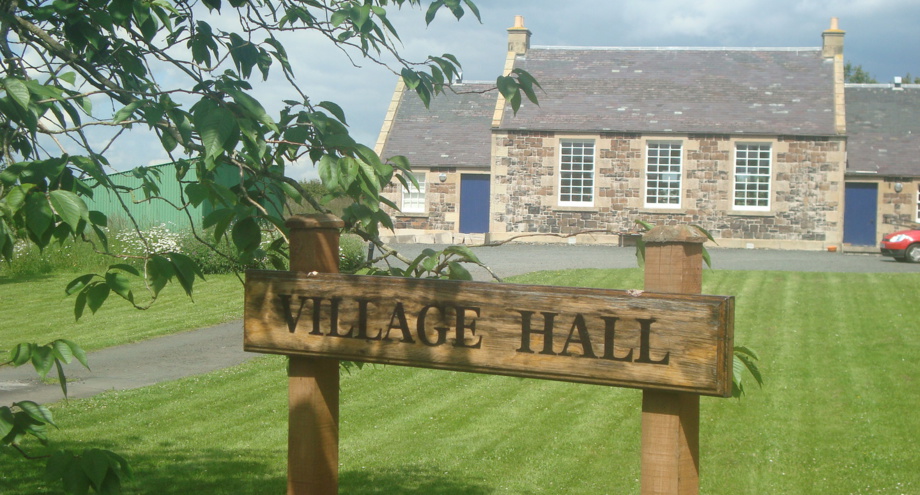
Birds of Smailholm
Birdlife around Smailholm is more or less what you would expect to find in an agricultural environment, at about 170 metres altitude, with human habitation in the village and farms. The area has plenty of hedgerows, and farmers often leave good field margins which suits game birds and finches. The farms which sow in spring often leave stubble all winter, which is a great food source for many species, large and small. There are also some unexpected bonuses to be found, some because of the abundance of scattered areas of mature deciduous woodland, and some because the birds favour traditional sites.
Round the houses it is very easy to attract birds into gardens by regular feeding and provision of fresh water. Regular garden birds
include blue tits, great tits and occasional coal tits, as well as robins, blackbirds, dunnocks, wrens, greenfinches and goldfinches. House sparrows are common and tree sparrows will come in to eat
seeds and fat balls. Siskins and bramblings come into gardens in winter, and in severe weather fieldfares and blackbirds will be attracted in by apples. Summer visitors include swallows and house
martins which will nest under suitable eaves. This abundance of small birds in the garden inevitably attracts the attention of sparrowhawks which will call regularly. Don’t be distressed by their
killing behaviour; they are carnivores!
Great spotted woodpecker will come to peanuts, but are more often seen and heard in mature deciduous trees. The Borders region has been extensively colonised by nuthatches which favour these trees
and woods. They have a variety of calls but are easy to see in the upper branches of trees. In the same deciduous woods are redstarts. Look for a robin sized bird with red flashes on its tail. They
have a thin alarm call which should warn you of their presence. All of these woodland species use holes in trees for nesting. Have a look at the wooded strip which runs beside the road from the cross
roads north of the village signposted “Hundy Mundy Burial Site”.
Pheasant and grey partridge are here in the woods and fields. Every year quail come to breed in the cornfields. Don’t expect to see them as they are only fist size and seldom emerge from the growing
crop. But they have a very distinctive call - “wet my lips” - which is repeated several times. They do come to Britain in eruption years but my experience is that we are a favoured site which is
visited annually.
We have plenty of buzzards in the area. They have a very attractive mewing call. All pieces of woodland will have nesting buzzard. Kestrels are not so common but can be seen hovering over fields and
road verges, searching for voles. Both barn and tawny owls are here, but numbers have been reduced by the recent severe winters. Ravens are surprisingly common, they will fly over large areas looking
for carrion. Magpies are rarely seen, but jays are commonly seen and heard in the mature woods.
To the west of the village there is a long flat corridor of wet ground ending at Bemersyde Moss. The whole corridor would have been a wetland mire prior to agricultural drainage. There is a hide at
Bemersyde Moss which is always worth a visit. As well as waterfowl, otters are often seen there. The Moss, Whitrig Bog and the fields extending along to Westfield have good numbers of ducks in winter
and breeding and passage waders in summer. We have regular breeding lapwings and curlews and snipe favour the wetter areas around Bessie’s Burn. It is also a good winter site for grey geese, mostly
pinkfooted geese, and some greylag. Whitefronted geese and a single snow goose have also been seen. The flock of pinkfooted geese can number 5,000 in October, but numbers reduce as spilled grain is
eaten and the weather gets colder.

